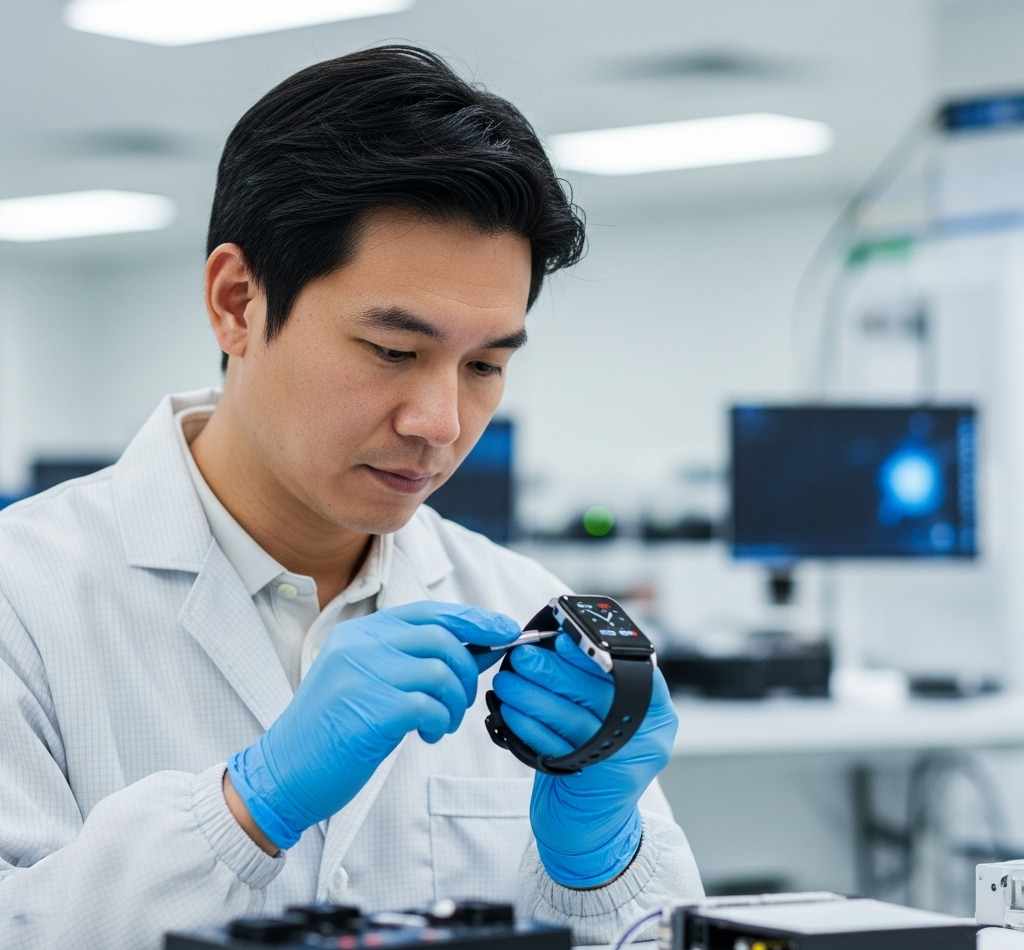
In today’s fast-paced business landscape, where innovation drives competitive advantage and sustainability is non-negotiable, procurement is no longer just about buying goods at the lowest price. It’s evolved into a strategic function that influences everything from idea generation to end-of-life disposal. This blog post explores how procurement fuels innovation and integrates seamlessly into Product Lifecycle Management (PLM), helping organizations create better products, faster and more efficiently.
Before diving in, let’s clarify the terms. Procurement involves sourcing, purchasing, and managing suppliers for goods and services. Innovation refers to developing new ideas, products, or processes that add value. PLM, on the other hand, encompasses the entire journey of a product—from conception and design to production, use, and eventual disposal.
Traditionally seen as a cost-center, procurement now acts as a bridge between internal teams and external suppliers, enabling collaboration that sparks innovation and optimizes PLM.
Procurement plays a key role in driving innovation by sourcing cutting-edge suppliers and fostering collaborative ecosystems. By involving procurement early in the innovation process, companies can access diverse ideas, technologies, and materials that internal teams might overlook.
For instance, early procurement involvement in new product development can lead to reductions in product costs and improvements in time-to-market. This not only accelerates innovation but also enhances profitability, as direct material costs often make up a considerable percentage of a product’s total cost.
Moreover, procurement drives competition among suppliers, which can inspire breakthroughs and improve overall value.
Procurement isn’t a one-off activity; it’s embedded in every PLM phase, ensuring efficiency, quality, and sustainability. Here’s how it contributes:
Procurement provides insights into material availability, cost projections, and supply risks. By selecting reliable suppliers early, it helps validate concepts and mitigate disruptions like shortages or geopolitical issues. Benefits include better feasibility assessments and reduced development risks.
Here, procurement sources high-quality materials and negotiates for cost efficiency. Collaborating with suppliers allows for rapid prototyping and design tweaks, ensuring the product meets standards without budget overruns. This stage emphasizes alternative materials to balance innovation with affordability.
Procurement manages vendors for consistent quality and inventory control to avoid stockouts or excess. Quality assurance protocols ensure compliance, while long-term partnerships secure competitive pricing. The result? Smoother operations and minimized production delays.
Procurement coordinates logistics for timely delivery and gathers supplier feedback to refine product performance. Optimizing freight and storage costs enhances profitability during active use.
At this stage, procurement handles responsible disposal, recycling, or cost recovery through buyback programs. Evaluating suppliers post-lifecycle informs future decisions, promoting sustainability.
PLM systems further enhance this by centralizing data, streamlining procurement, and supporting sustainable practices.
To maximize procurement’s impact, organizations should adopt these strategies:
Benefits include faster time-to-market, improved product quality, and enhanced sustainability. However, challenges like balancing cost with innovation or managing supplier risks persist. Overcoming them requires early involvement and robust tools.
Procurement is a powerhouse in innovation and PLM, transforming from a tactical role to a strategic enabler. By integrating it early and leveraging supplier partnerships, businesses can innovate smarter, reduce costs, and build sustainable products. As markets evolve, embracing this holistic approach will be key to staying ahead.
© 2025 Lasso Supply Chain Software LLC
Get instant access to our report on the Top Procurement Trends of 2025.
Get instant access to our report on the Top Procurement Trends of 2025 by filling out the form below.
